COVID-19: Managing Infection Risks During In-Person Dental Care
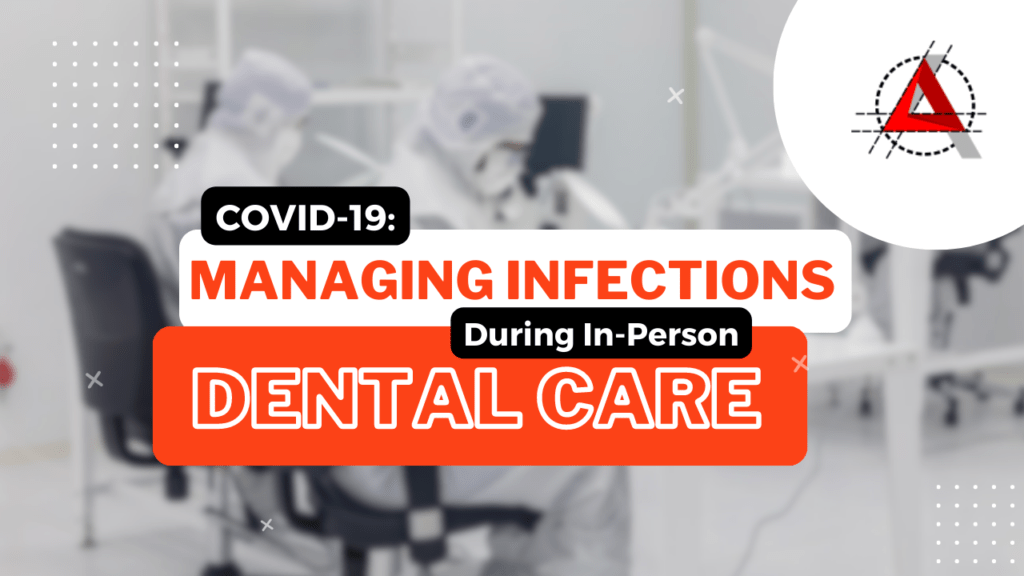
The Royal College of Dental Surgeons of Ontario and the Ontario Ministry of Health has published guidelines for Dental Surgeon and Dental offices in regards to preventing the spread of COVID-19. These guidelines will be implemented in all re-opening clinics effective May 25, 2020 in Ontario, and may be subject to change as the situation evolves. Dentists returning to any degree of in-person care must comply with the protocols set by the government and the College to maintain the safety of patients and staff.
Here are some of the key guidelines:
- Patient Screening: Dental offices are required to screen patients for COVID-19 symptoms before their appointment. Patients with symptoms or who have been in close contact with someone with COVID-19 should not be allowed into the office.
- Personal Protective Equipment (PPE): Dental healthcare providers should wear appropriate PPE, including masks, eye protection, and gowns.
- Enhanced Cleaning and Disinfection: Dental offices are required to clean and disinfect all surfaces and equipment after each patient. They are also required to ensure that waiting areas, reception desks, and washrooms are cleaned regularly.
- Physical Distancing: Dental offices should maintain physical distancing measures, including reducing the number of patients in waiting areas and staggering appointment times.
- Aerosol-Generating Procedures: Dental offices should take additional precautions when performing aerosol-generating procedures, such as using high-volume suction, isolating the procedure area, and using appropriate PPE.
What are Aerosol-Generating Procedures (AGPs)?
Aerosol-generating procedures (AGPs) are dental procedures that generate aerosols (tiny particles that remain suspended in the air for an extended period of time). These particles can potentially contain viruses and other pathogens, including the SARS-CoV-2 virus that causes COVID-19.
In a dental setting, AGPs can include procedures such as:
- The use of high-speed dental hand-pieces or air-driven instruments to prepare teeth for fillings or crowns.
- Ultrasonic scaling or polishing to remove tartar from teeth.
- The use of air-water syringes to dry teeth and clear away debris.
- Certain surgical procedures, such as tooth extractions, root canals, and implant placement.
While there is no conclusive evidence that opportunistic airborne transmission of COVID-19 occurs after AGPs, the College has adopted a precautionary approach that prioritizes safety, including high-volume suction, isolating the procedure area, and using appropriate PPE.
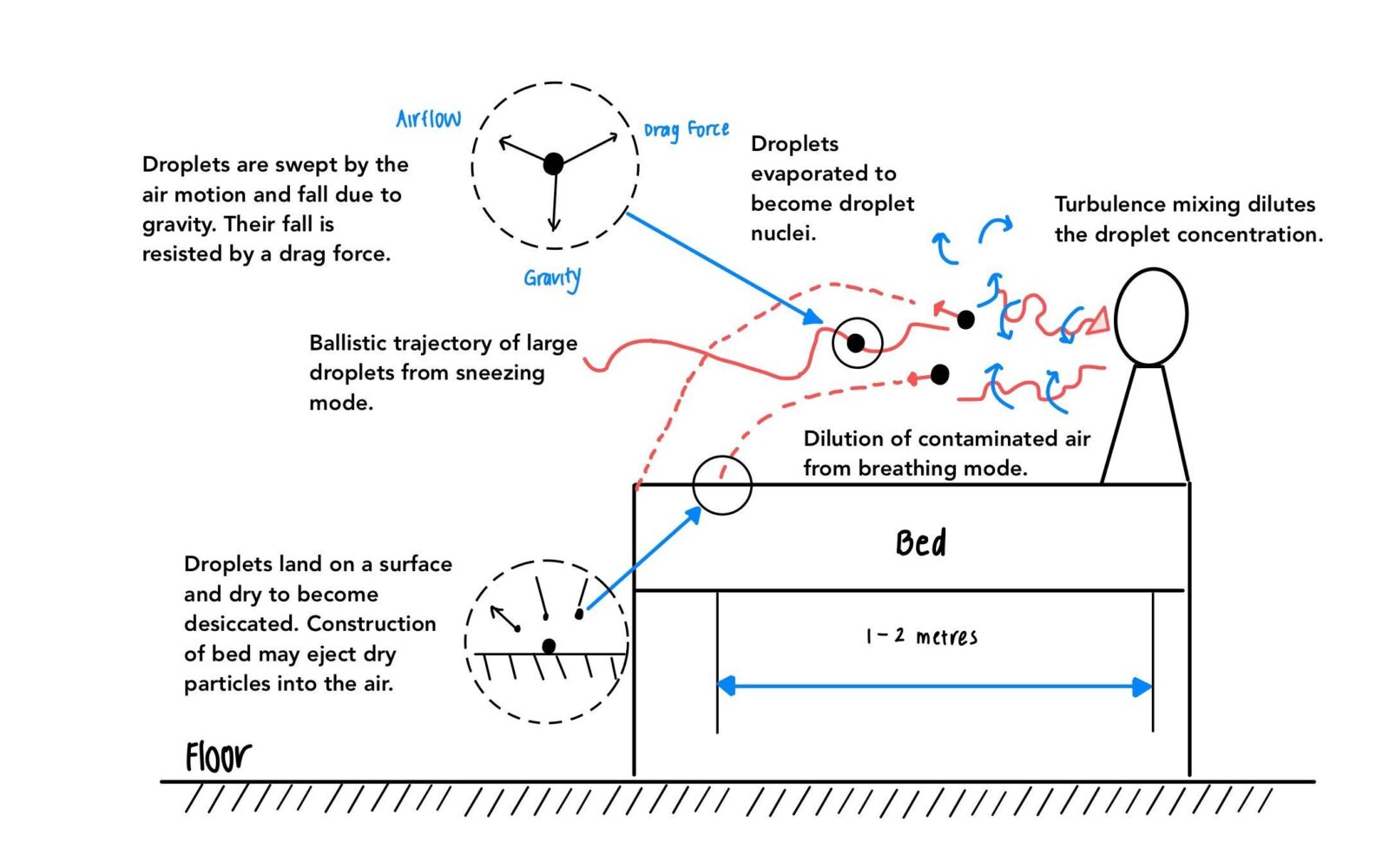
(Courtesy: – ASHREA Position Document on Airborne Infectious Diseases)
How Can We Prevent the Spread of COVID-19 at Dental Offices?
The Royal College of Dental Surgeons of Ontario has published several key guidelines for all dentists to avoid AGPs whenever possible and use the lowest aerosol-generating options when necessary.
- Preparing the Operatory for Aerosol-Generating Procedures
- Use of PPE During Aerosol-Generating Procedures
- Mitigating High Risk Aerosols
- Clearing the Air of Aerosol (Fallow Time)
Points (1), (2) and (3) are easily achievable through regulatory protocols for cleaning the office and wearing Health Canada approved PPE. However, abiding by point (4) can be challenging.
According to the new guidelines, the operatory must be left empty (with the door closed) to permit the clearance and/or settling of aerosols. The length of time that the operatory must be left empty (the fallow time) is determined by the air changes per hour (ACH). The aim is to achieve 99.9% removal of airborne contaminants.
What is Air Changes Per Hour (ACH)?
Air changes per hour (ACH) is a measure of the rate at which air in a room is replaced by fresh air. It represents the number of times the air in a room is replaced with fresh air in one hour. For instance, a room with an ACH of 6 indicates the the entire volume of air in that room is replaced with fresh air 6 times in one hour.
ACH is an important factor in maintaining indoor air quality, especially in spaces where airborne contaminants may be present. The Centers for Disease Control and Prevention (CDC) recommends a minimum ACH of 6 in healthcare settings and a minimum of 3 in other indoor spaces.
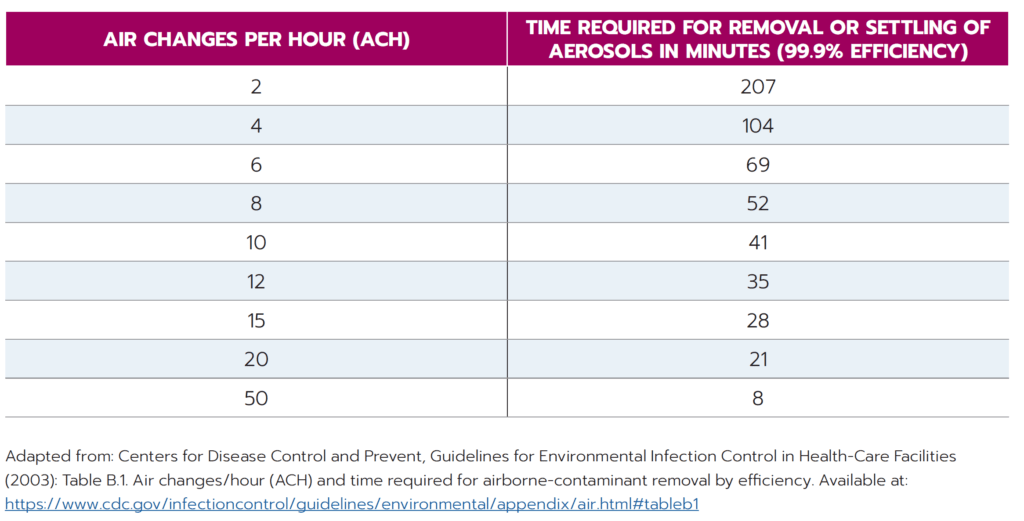
Appropriate air changes in a given environment can be achieved trough natural ventilations, mechanical ventilations, air filtrations, and air cleaning. Thus, the most effective and efficient manner through which ACH can be controlled is with the use of HVAC Systems and HEPA filters.
How Can You Achieve This?
- Contact competent HVAC Professional for evaluation to your existing ventilation system.
- Design appropriate HEPA filter requirement and location in the operatory
- Retrofit HEPA to the existing HVAC system to purify the air.
- Certify HEPA filter with Supply CFM & Leak test to ensure the results are positive and compliant with college requirement.
Call us for a free consultation with your layout.
What are HEPA Filters?
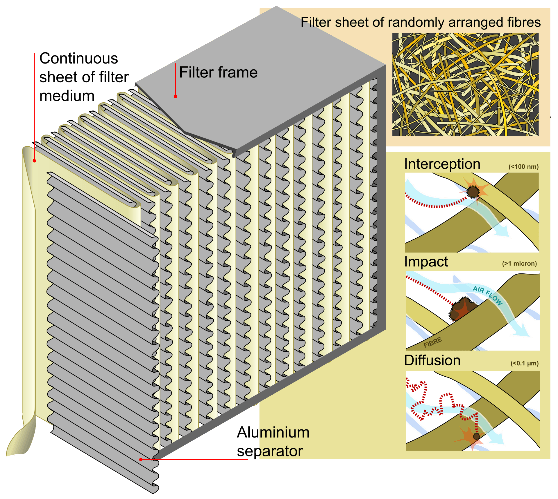
High-efficiency particulate air (HEPA) filters are a type of air filter that can remove high percentages of particles from the air. Common standards require that a HEPA air filter must remove—from the air that passes through—at least 99.95% (European Standard) or 99.97% (ASME, U.S. DOE) of particles whose diameter is equal to 0.3 μm; with the filtration efficiency increasing for particle diameters both less than and greater than 0.3 μm. See the Mechanism and Specifications sections for more information. HEPA filters are used in applications that require contamination control, such as the manufacturing of disk drives, medical devices, semiconductors, nuclear, food and pharmaceutical products, as well as in hospitals, homes, and vehicles.
Calculating Air Flow Volume (CFM) for a Given Room
The following formula can be used to derive the CFM required to achieve a particular Air Change per Hour value.
Supply CFM = (Volume of the room * Air Change per Hour) / 60
A room with dimensions 10′ L x 10′ W x 8′ H has a total volume of 800 sqft.
For an ACH value of 10 in this given volume, one will require 133 CFM circulation through HEPA filtration.
How Can ACH Engineering Help You?
ACH (A Cleanroom Hub) Engineering has gained extensive experience in providing controlled environment to hospitals, healthcare facilities, pharmaceuticals, pharmacies and many more. Our experts have reviewed the guidelines provided by the College and the Ministry of Health, and we are confident to provide a one-stop-shop solutions to dental offices looking to meet the requirements.
Upon consultation with us, we will visit your office to collect onsite data – operatory room sizes, existing HVAC evaluation, location for new HEPA filter and other. Our team of designers and engineers will develop custom-made solutions, suitable for your needs, and within your budget.
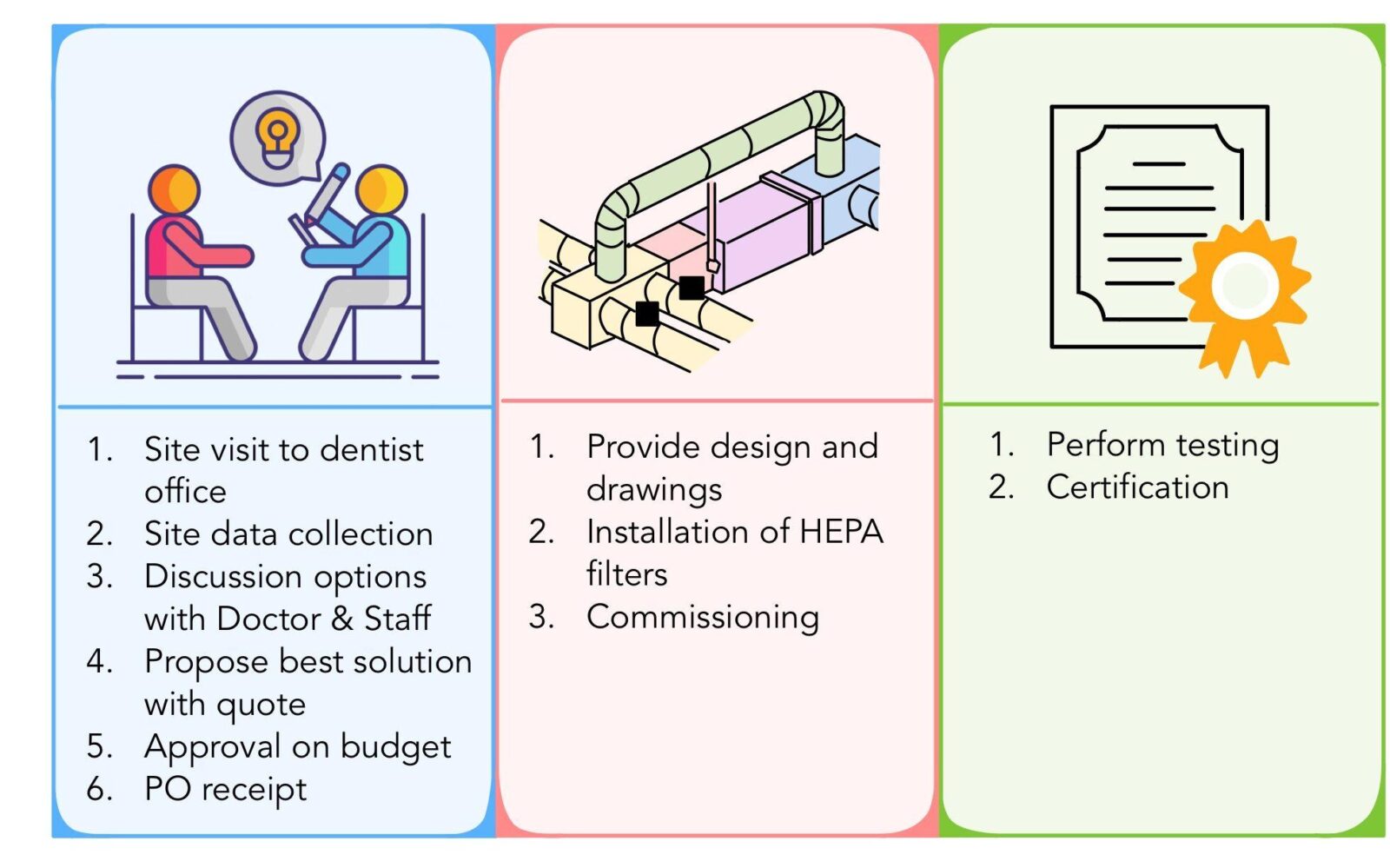
We can help you to retrofit your existing Dental Office to meet the new guideline and regulations to prevent the spread of COVID-19. Request a quote today.
GET IN TOUCH
Complete the form below to get in touch with our team.
